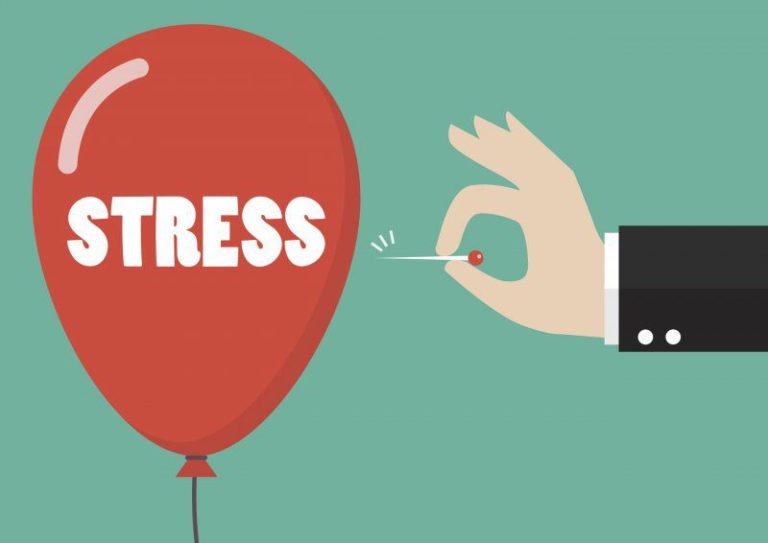CBT 2/2
Sometimes as we process our thoughts, we corner ourselves cognitively where we think negatively about ourselves. This is usually done as a coping mechanism in order to avoid anxiety provoking situations. I usually like to compare this to horse blinkers, this inhibits the horse from having a complete view of his reality. What is interesting is that this is done for the horse’s own safety, in order to keep the animal calm. This is similar to why we use metaphorical blinkers to keep us safe from situations which we perceive as threatening.
These are some examples of cognitive distortions:
All-or-Nothing Thinking: Individuals who apply this strategy tend to perceive situations in either of two categories. Things are black or white, with no shades of grey – “I have to do an excellent job otherwise i’m a failure.”
Labeling: You put a globally negative label on yourself which is not based on evidence such as – “I’m a failure for making a mistake.”
Selective abstraction: Is a mechanism in where one directs their attention only to the negative aspects of situations instead of considering the entire experience – “I made so many mistakes.”
Overgeneralization: One draws a general conclusion on the basis of a small amount of evidence – “I do everything wrong.”
Mind Reading: You are sure you know what others are thinking, these are usually based on assumptions which tend to be unfounded such as – “They probably think I’m foolish.”
Magnification and Minimization: You magnify the negatives or minimize the positives. “I’m no good at figuring out what to do.” “It doesn’t matter than I have good common sense.”
I am by no means trying to imply that by using these cognitive distortions individuals have some sort of ‘thinking error’. These are simply patterns of thinking which have been learnt and if insight is obtained regarding these distortions can be altered.
– Karl Grech is a counsellor. He offers counselling to both individuals and couples within Willingness. He can be contacted on karl@willingness.com.mt.







